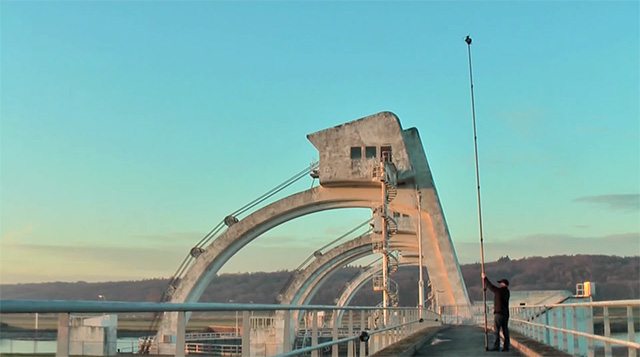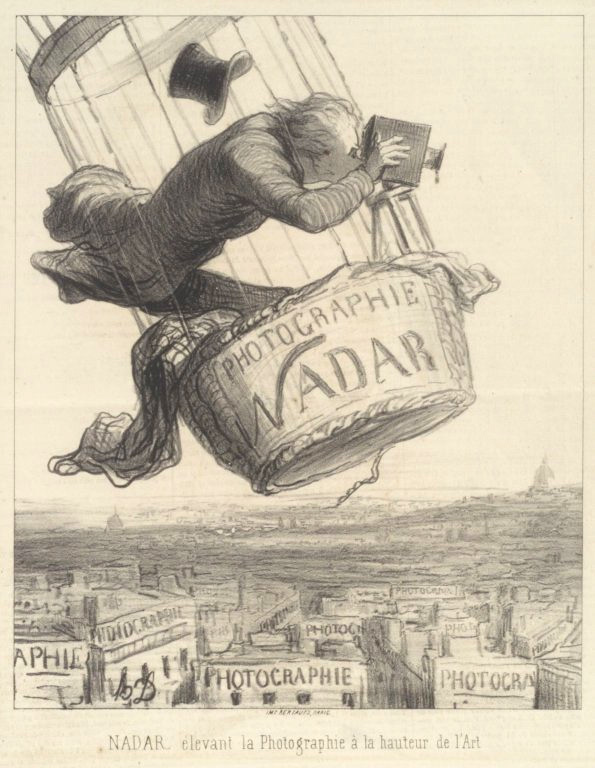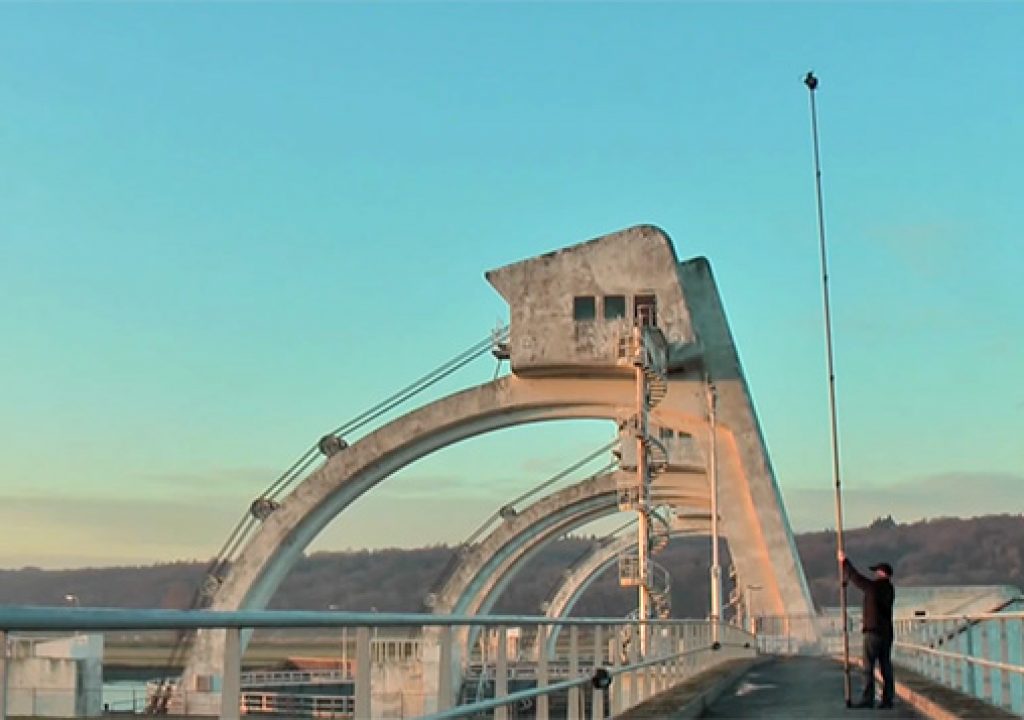
It started out as PAP, for Pole Aerial Photography, but now it also is PAV, or Pole Aerial Video. It's a technique that allows you to create images that have an aerial look, although they are taken from the ground. It's a low altitude video solution for your DSLR or smaller camera.
Since 1858 that photographers have taken aerial photos. The first was the French Félix Nadar, with a photo taken near Bièvres, south of Paris. As his images are no longer available, the earliest surviving image, titled “Boston, as the Eagle and the Wild Goose See It”, was taken by James Wallace Black and Samuel Archer King on October 13, 1860. The photo shows the city of Boston as seen from a height of 630 meters.

To reach those heights photographers have used balloons, blimps and kites, aerial solutions still available in modern days, and also something as simple as masts. Many companies have specialized in this field, offering multiple solutions for professionals. If you Google for “masts for photography” or “pole photography” you'll get a variety of links with suggestions that go from a few hundred to thousands of dollars.
Aerial mast photography is also referred to as elevated photography, ground-based, low-level and pole photography. A mast from as high as 6 meters already offers what can be considered a “bird's eye view” perspective. Even a 4 meter mast will change drastically your point of view. Try it! Telescopic masts are usually available in two forms: pneumatic or push up. The push up masts, raised manually, are usually more portable and enough for the needs of many videographers. The potential applications of PAV are multiple: indoor and outdoor events, sports, weddings, nature and wildlife… and many more.
Poles have been used in photography for a long time, as a simple and affordable – well, sort of, sometimes – way to get a view from a higher point. Professional systems allow you to capture images from 70 feet and beyond, if needed, with ease. Some systems may cost too much for most users, but for a videographer just starting out and looking for a solution to get video from an angle that is not the most usual, a simple pole may be a good starting option.
When you place your camera away from you, there's a problem to solve: how to control it and see the images on the screen? Again, there are different solutions available, but one of them seems to stand out for many users, and it is called CamRanger.
CamRanger is a stand-alone device that connects to select Canon or Nikon DLSR cameras with a provided USB cable. It creates an ad-hoc WiFi network that your device (iPad, iPhone, iPod Touch, Android, or Mac or Windows computer) can then connect to. The free CamRanger app then enables control of the camera. There is no need for a computer or existing Internet connection.
When it comes to masts, there are multiple options around and you should look for one that suits your needs and purse. But prices can start as low as $189 for the Camera Pole from Wonder Pole, a camera mast that is 70″ retracted and telescopes to 15′ when fully extended. The sections lock into place by twisting the sure lock grips to tighten. The Camera Pole weighs under 5 lbs, and is maintenance free.
Higher up in terms of price you'll find stuff like the Photomast, created by a professional architecture and real estate photographer who had tried several systems, but found they were big, heavy, expensive, time consuming and clumsy to transport… and built his own. You'll also find solutions like the Quickshot8xs from Agorfa-DM, designed for the new generation of small wifi camera's that can be controlled via an Apple or Android device. But these are just examples, as there are many other masts and poles to choose from on the web, to elevate your video capture to new heights.


